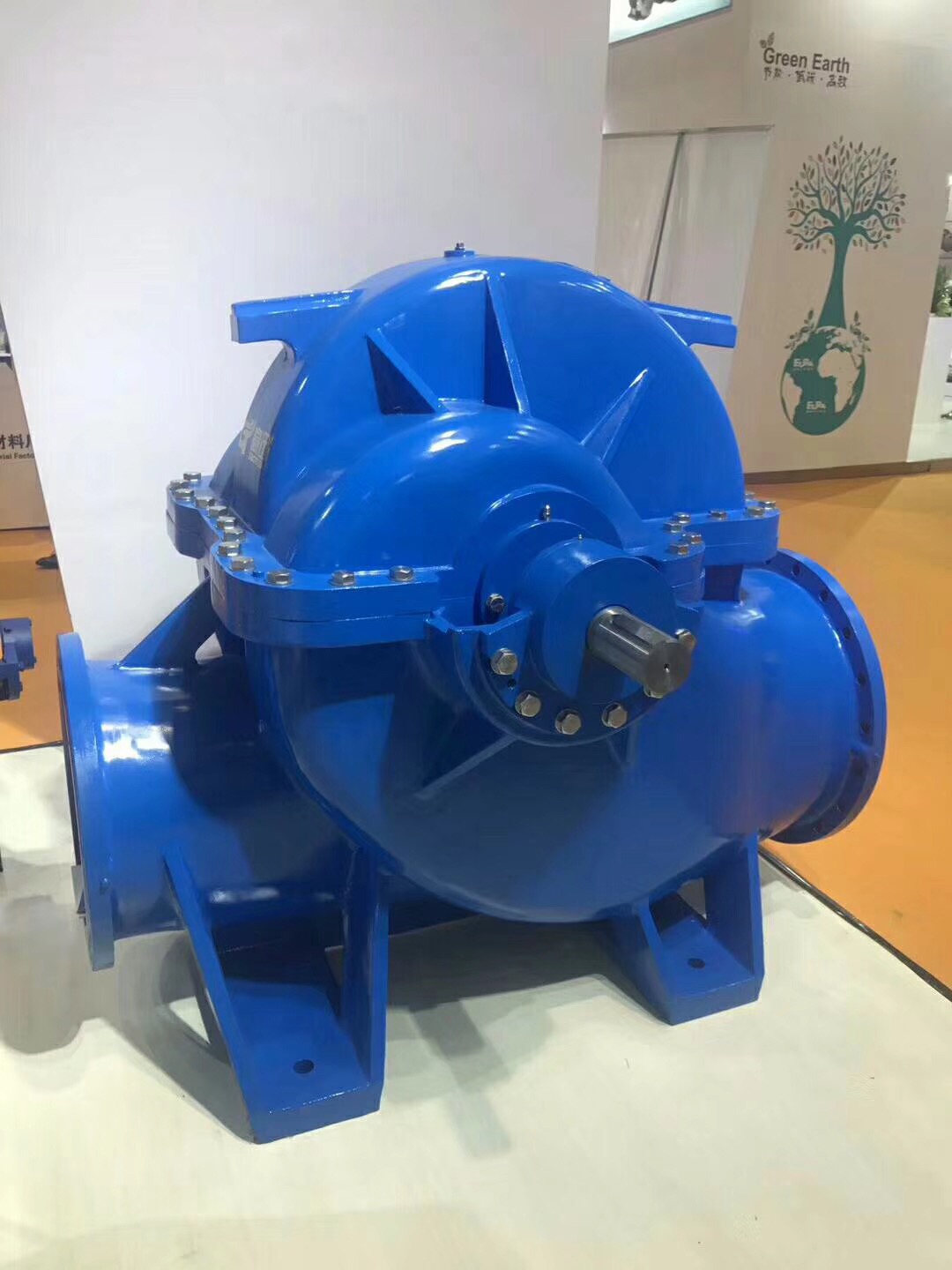English
- Afrikaans
- Albanian
- Amharic
- Arabic
- Armenian
- Azerbaijani
- Basque
- Belarusian
- Bengali
- Bosnian
- Bulgarian
- Catalan
- Cebuano
- Corsican
- Croatian
- Czech
- Danish
- Dutch
- English
- Esperanto
- Estonian
- Finnish
- French
- Frisian
- Galician
- Georgian
- German
- Greek
- Gujarati
- Haitian Creole
- hausa
- hawaiian
- Hebrew
- Hindi
- Miao
- Hungarian
- Icelandic
- igbo
- Indonesian
- irish
- Italian
- Japanese
- Javanese
- Kannada
- kazakh
- Khmer
- Rwandese
- Korean
- Kurdish
- Kyrgyz
- Lao
- Latin
- Latvian
- Lithuanian
- Luxembourgish
- Macedonian
- Malgashi
- Malay
- Malayalam
- Maltese
- Maori
- Marathi
- Mongolian
- Myanmar
- Nepali
- Norwegian
- Norwegian
- Occitan
- Pashto
- Persian
- Polish
- Portuguese
- Punjabi
- Romanian
- Russian
- Samoan
- Scottish Gaelic
- Serbian
- Sesotho
- Shona
- Sindhi
- Sinhala
- Slovak
- Slovenian
- Somali
- Spanish
- Sundanese
- Swahili
- Swedish
- Tagalog
- Tajik
- Tamil
- Tatar
- Telugu
- Thai
- Turkish
- Turkmen
- Ukrainian
- Urdu
- Uighur
- Uzbek
- Vietnamese
- Welsh
- Bantu
- Yiddish
- Yoruba
- Zulu
Telephone: +86 13120555503
Email: frank@cypump.com
Aug . 14, 2024 04:02 Back to list
Exploring the Benefits and Applications of Hydraulic Submersible Slurry Pumps in Various Industries
Hydraulic Submersible Slurry Pumps An Overview
Hydraulic submersible slurry pumps are specialized pumps designed to handle the challenging task of transporting slurries — mixtures of solids and liquids. These pumps are crucial in various industries, including mining, construction, dredging, and wastewater management. Their design and functionality make them ideal for difficult environments where traditional pumps may struggle.
Design and Operation
The hydraulic submersible slurry pump typically consists of a durable housing, an impeller, and a hydraulic motor. One of the defining features of these pumps is that they are submerged in the slurry they are meant to pump, allowing for efficient operation without the need for priming. The pumps work by using hydraulic energy, often provided by a separate hydraulic power unit, which drives the impeller to create flow and transfer the slurry.
The construction material is also significant, as slurry pumps are often subject to abrasive and corrosive conditions. They are usually built from high-chrome alloys or rubber linings to withstand wear and extend their lifespan. This durability is necessary because slurries can contain heavy solids, which can quickly erode less robust materials.
Advantages of Hydraulic Submersible Slurry Pumps
One of the primary advantages of hydraulic submersible slurry pumps is their ability to handle high solids content. Unlike centrifugal pumps, which can become clogged or damaged when dealing with slurries containing large particles, submersible slurry pumps are specifically engineered to manage these challenging materials. The unique design of the impeller allows for a higher tolerance to solids and minimizes the risk of blockages.
Moreover, these pumps are excellent for operating in areas with variable and challenging terrain. They can be installed directly into sediment ponds, excavation sites, or any environment where slurry accumulates. This capability reduces the need for additional equipment, simplifying logistics and lowering operational costs.
hydraulic submersible slurry pump

Applications
Hydraulic submersible slurry pumps are widely utilized in several applications. In the mining industry, they are employed to manage tailings and sludge, facilitating the efficient movement of mined materials. In construction, these pumps are critical during dewatering processes, preventing water accumulation at excavation sites. Additionally, they are frequently used in dredging operations and in wastewater treatment facilities, where they help in managing sludge efficiently.
Their versatility extends beyond these applications, as they are also used in agriculture for transporting nutrient-rich slurry or in environmental cleanup operations to manage and contain contaminated materials.
Maintenance and Considerations
While hydraulic submersible slurry pumps are robust, they are not without their maintenance needs. Regular inspection and maintenance are vital to ensure optimal performance and a long service life. This includes checking seals and bearings, as well as monitoring wear on the impeller and casing. Failure to maintain the pumps can lead to reduced efficiency or catastrophic failures, necessitating expensive repairs or replacements.
Conclusion
Hydraulic submersible slurry pumps play an essential role in industries where slurries need to be transported efficiently and effectively. Their unique design allows for handling challenging materials while providing durability and reliability. With proper maintenance and understanding of operational best practices, these pumps can significantly enhance productivity in various applications, ultimately leading to cost savings and improved workflow efficiency. As industries continue to evolve, the role of hydraulic submersible slurry pumps will remain vital in meeting the challenges posed by the processing and transportation of slurries.
-
ISG Series Pipeline Pump - Chi Yuan Pumps | High Efficiency, Durable Design
NewsAug.01,2025
-
Advanced Flue Gas Desulfurization Pump with GPT-4 Turbo | Durable & Efficient
NewsJul.31,2025
-
ISG Series Vertical Pipeline Pump - Chi Yuan Pumps | Advanced Hydraulic Design&Durable Construction
NewsJul.31,2025
-
ISG Series Vertical Pipeline Pump - Chi Yuan Pumps | Energy Efficient & Low Noise
NewsJul.31,2025
-
pipeline pump - Chi Yuan Pumps Co., LTD.|High Efficiency&Low Noise
NewsJul.31,2025
-
ISG Series Vertical Pipeline Pump - Chi Yuan Pumps Co., LTD.|High Efficiency, Energy Saving, Low Noise
NewsJul.30,2025










